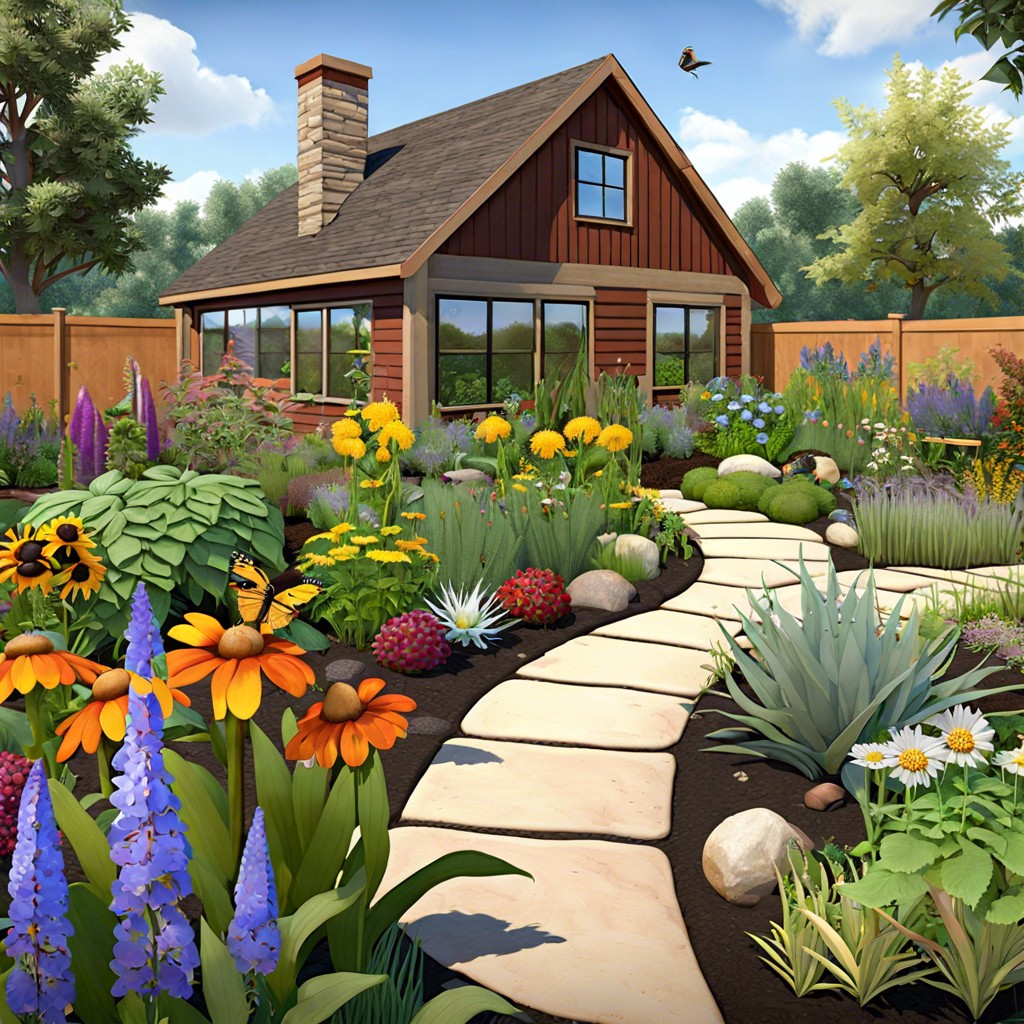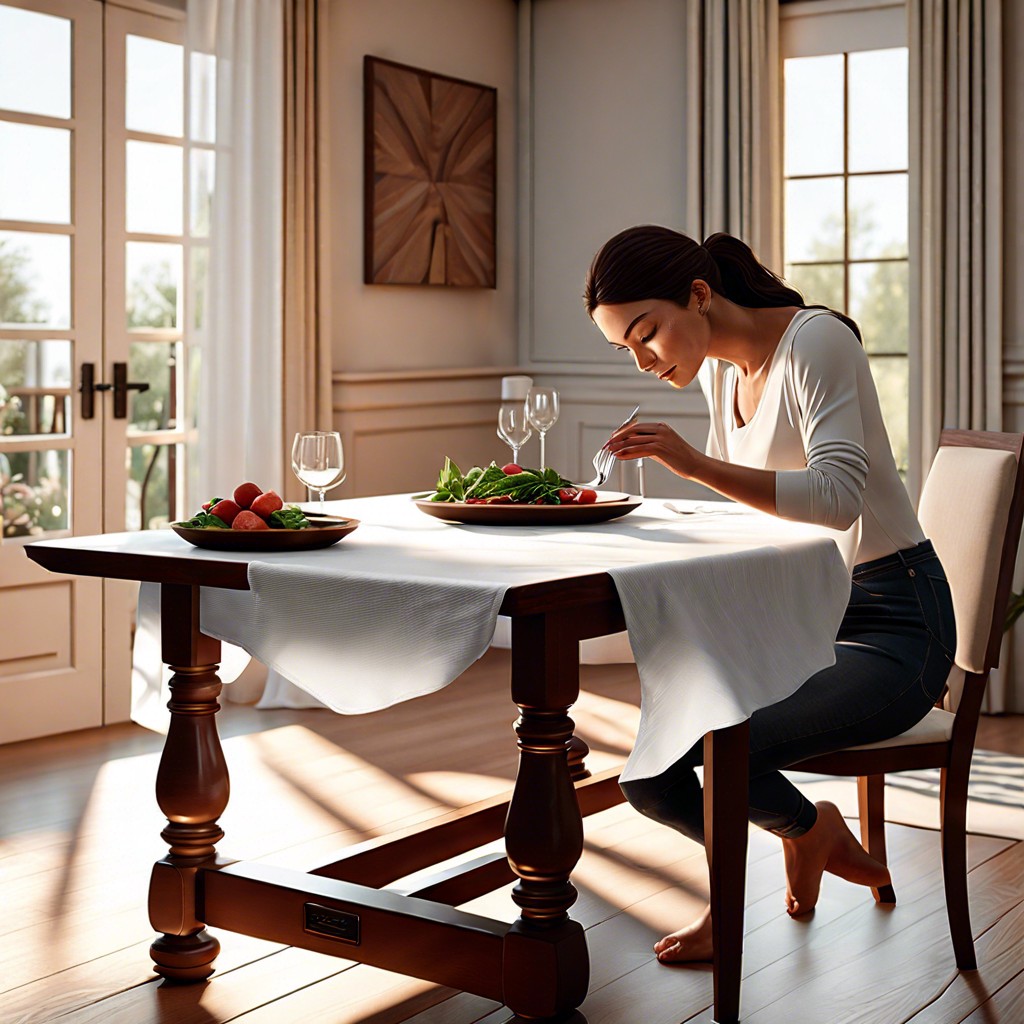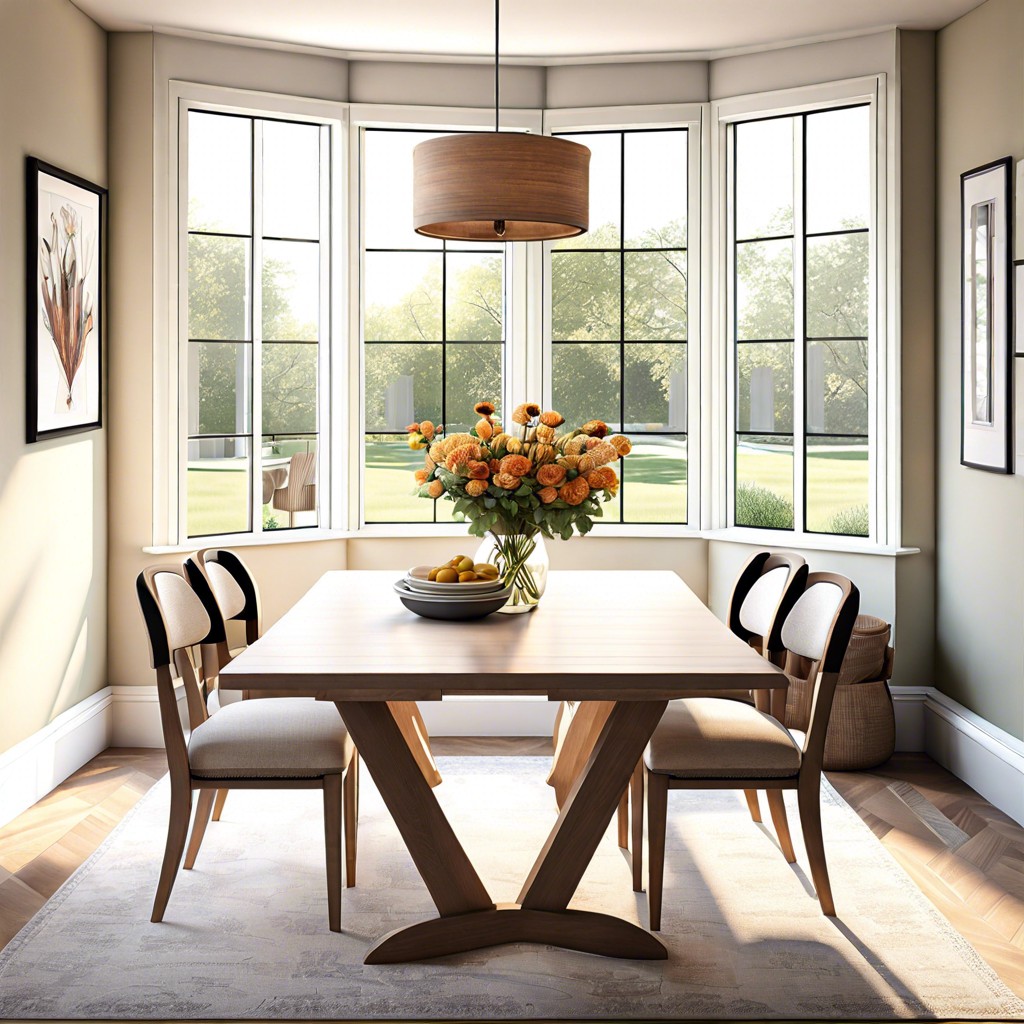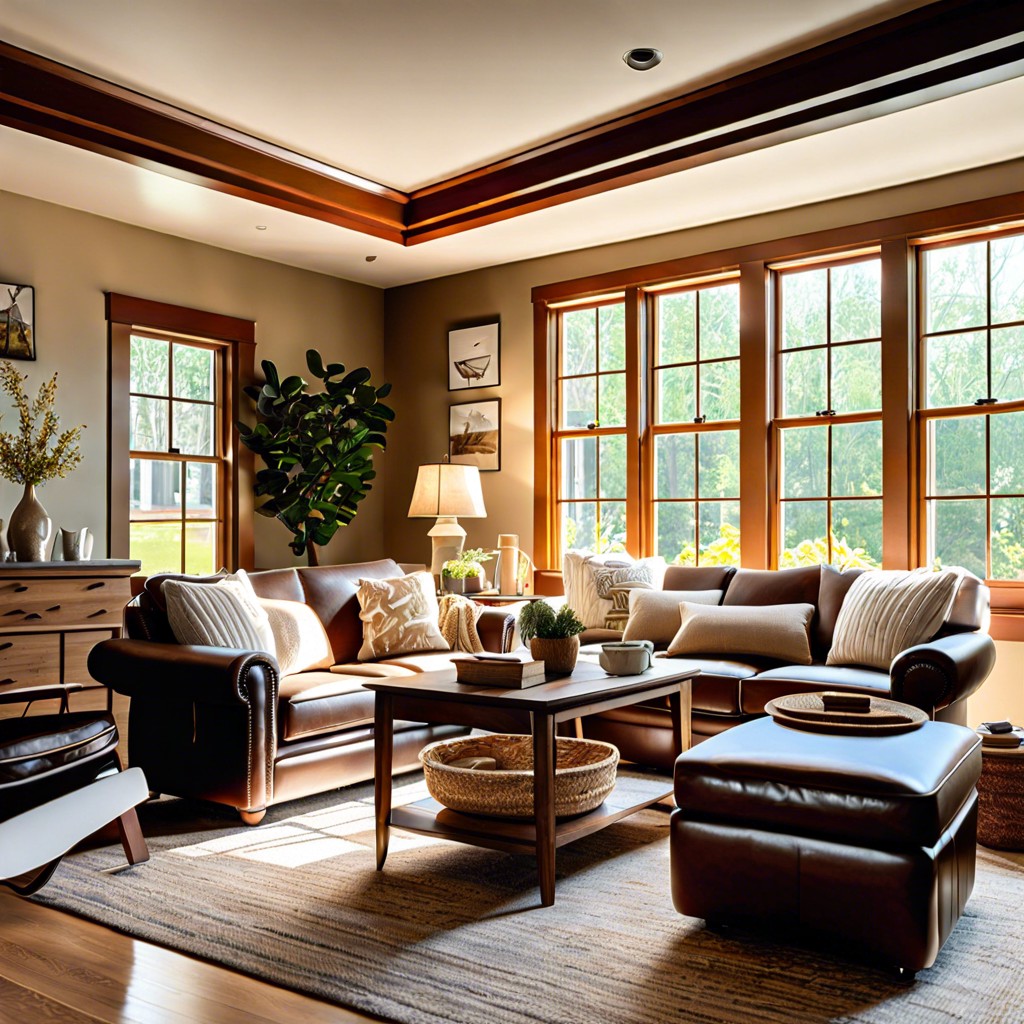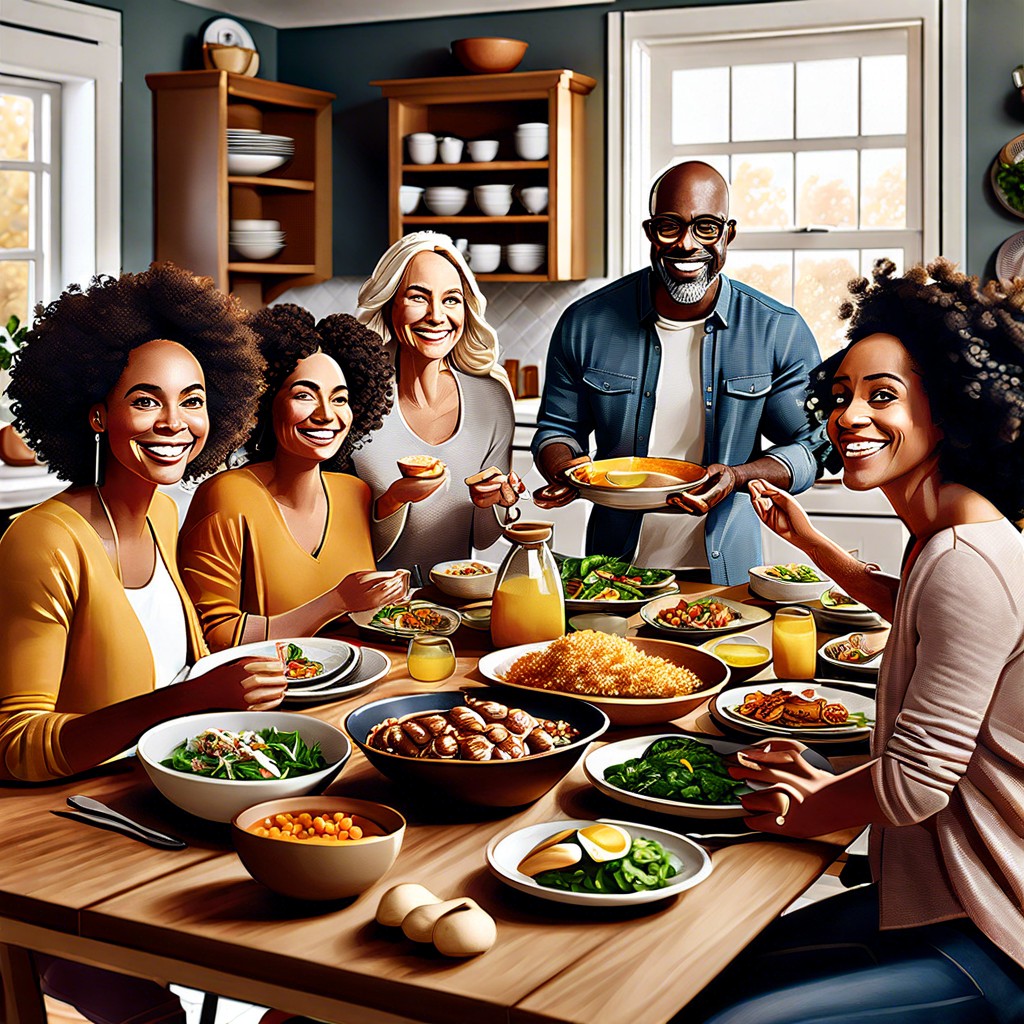Last updated on
Discover the key differences between bar height and counter-height seating. Dive into their unique characteristics to help you choose the perfect option for your home or business.
When it comes to furnishing your kitchen or dining area, choosing the right seating can make all the difference. One of the biggest decisions you’ll need to make is whether to go for bar-height or counter-height seating.
Both options have their pros and cons, and ultimately, your choice will depend on a variety of factors such as your personal preferences, space constraints, and budget. In this article, we’ll take a closer look at bar-height vs.
Counter-height seating so that you can make an informed decision that fits your needs and style. So grab a cup of coffee (or a glass of wine) and let’s dive in!
What's Inside
Bar-Height Seating
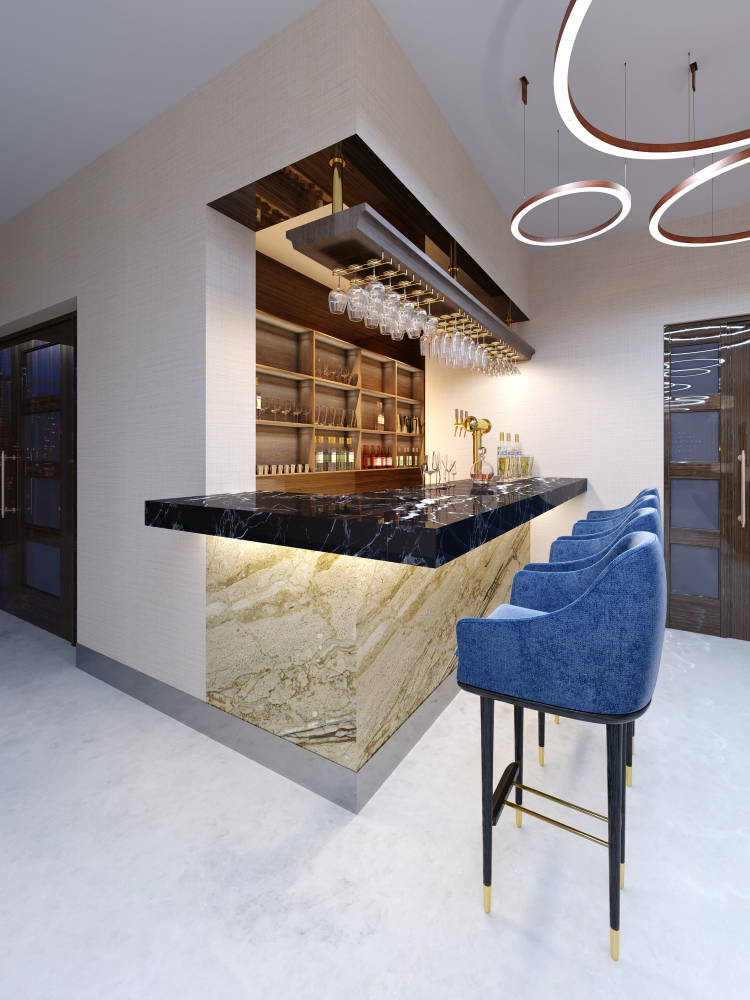
Bar-height seating is typically taller than counter-height seating, with a seat height of around 28-30 inches. This type of seating is commonly found in bars and pubs, but it can also be used in home kitchens or entertainment areas to create a casual and relaxed atmosphere.
Bar stools are designed to be paired with high tables or counters that measure between 40-42 inches tall.
One advantage of bar-height seating is that it allows for more legroom underneath the table or counter, making it easier for people to get in and out of their seats. Bar stools tend to have footrests which provide added comfort during longer periods of sitting.
However, there are some downsides to consider when choosing bar-height seating. For one thing, these stools may not be suitable for families with young children who might struggle getting on and off them safely without assistance from an adult.
Also worth noting is that because they’re taller than traditional chairs or benches; they can take up more vertical space which could make your room feel cramped if you don’t have enough ceiling clearance.
Counter-Height Seating
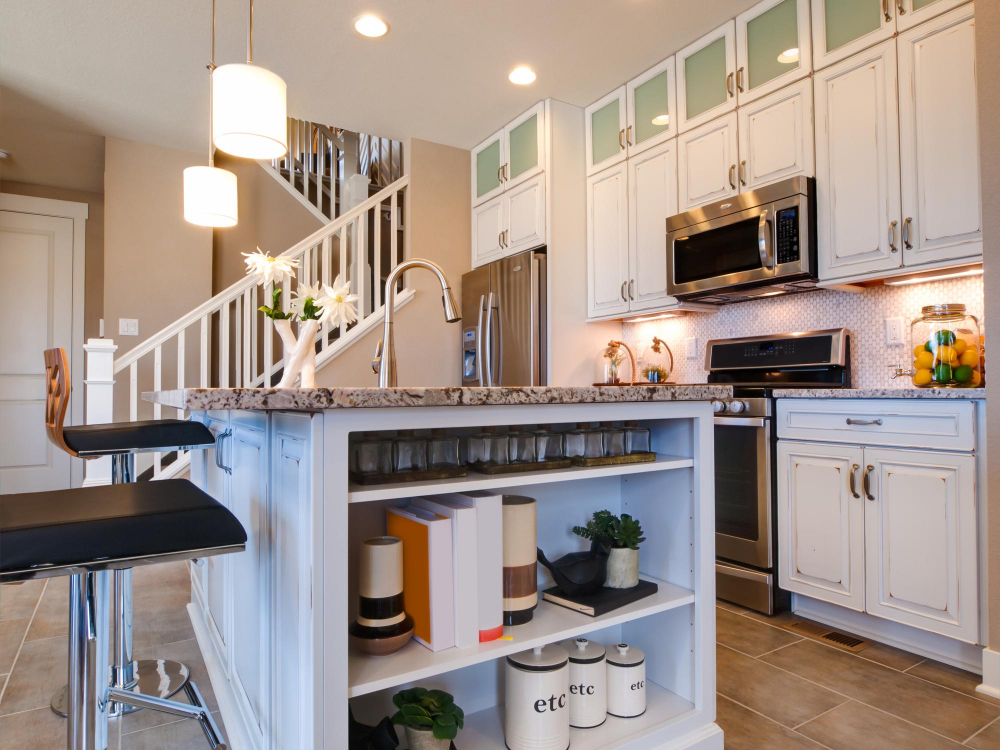
As the name suggests, these stools are designed to be used with standard kitchen counters or islands that are typically 36 inches high. Counter-height stools usually have a seat height of around 24-26 inches, which makes them ideal for casual dining or entertaining.
One of the main advantages of counter-height seating is that it provides a more relaxed and comfortable atmosphere than traditional dining chairs. Because they’re higher off the ground, you can easily slide in and out without having to bend your knees too much.
This can be especially beneficial if you have back problems or mobility issues.
Another benefit of counter-height seating is that it’s perfect for small spaces where every inch counts. Since they take up less floor space than traditional chairs, you can fit more people around your table without feeling cramped.
When choosing counter-height stools, consider factors such as comfort level (look for padded seats), durability (opt for sturdy materials like metal or wood), style (match them with your existing decor), and ease-of-use (make sure they’re easy to clean).
Pros and Cons: Bar Vs Counter
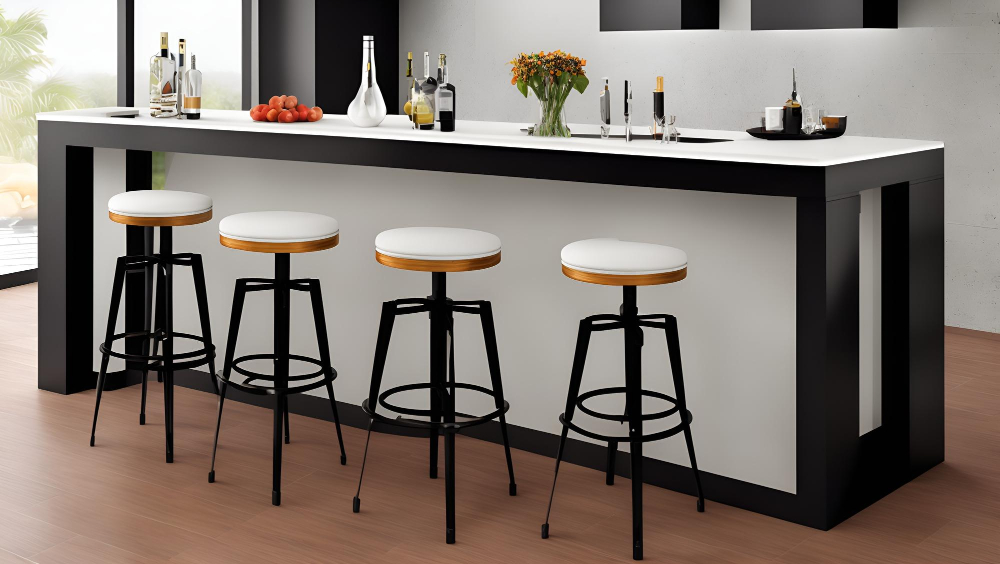
Bar stools typically have a seat height of 28-30 inches, while counter stools usually measure around 24-26 inches in height. Here are some key factors to keep in mind:
Pros of Bar Seating:
- Ideal for entertaining guests or creating a social atmosphere
- Offers a more casual vibe
- Can be used as an alternative workspace
Cons of Bar Seating
- May not be suitable for families with young children or elderly individuals
- Requires higher tables which can take up more space.
Pros of Counter Seating
- More practical for everday use such as dining or working at the kitchen island.
- Takes up less vertical space than bar seating.
Cons of Counter Seating:
- Not ideal if you want to create a social atmosphere since they don’t offer the same elevated view that bar seats do.
- Ultimately, your choice will depend on your personal preferences and needs.
Space Considerations
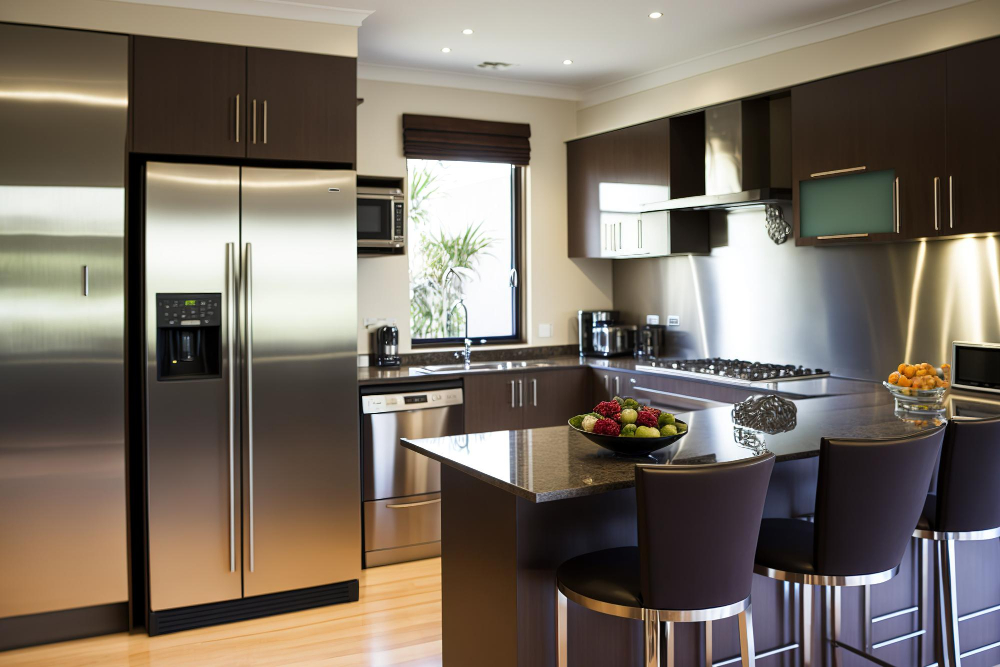
Bar stools are typically taller than counter stools, with an average height of 30 inches compared to the latter’s 24-26 inches. This means that if you have limited vertical space or low ceilings in your kitchen or dining area, bar stools may not be the best option for you.
On the other hand, if you have a spacious room with high ceilings and ample floor space, bar stools can add an elegant touch while also providing comfortable seating options for your guests. Counter-height chairs are ideal for smaller spaces as they take up less visual weight and provide more legroom under countertops.
It’s important to measure your available space before making any purchase decisions so that you can choose appropriately sized furniture pieces that fit comfortably without overcrowding the area.
Comfort and Functionality
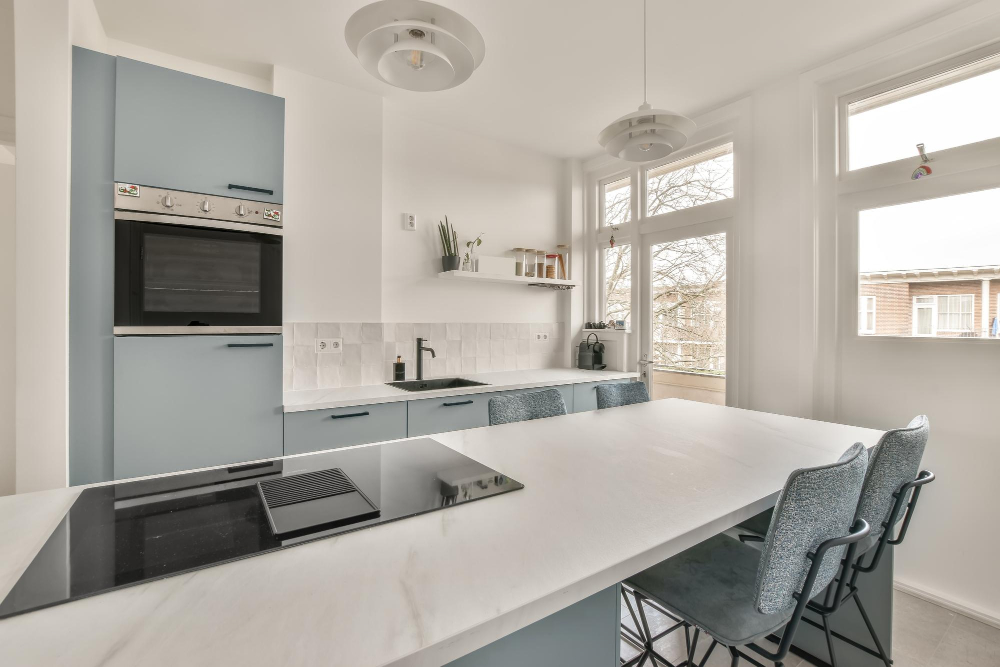
Bar stools typically have a taller seat height of around 30 inches, while counter stools usually measure around 24-26 inches in height. This difference can affect the overall comfort level of your seating arrangement.
Bar stools are ideal for spaces where people will be standing or walking around frequently since they allow guests to sit comfortably at a higher level without having to bend down too much. They’re also great for creating an elevated look in your space, making them perfect for modern kitchens or bars.
On the other hand, if you plan on using your kitchen island as a workspace or dining area regularly, then counter-height seating may be more practical since it allows users to sit at a comfortable height while still being able to reach their food and drinks easily.
Ultimately when deciding between bar vs.
Style Options
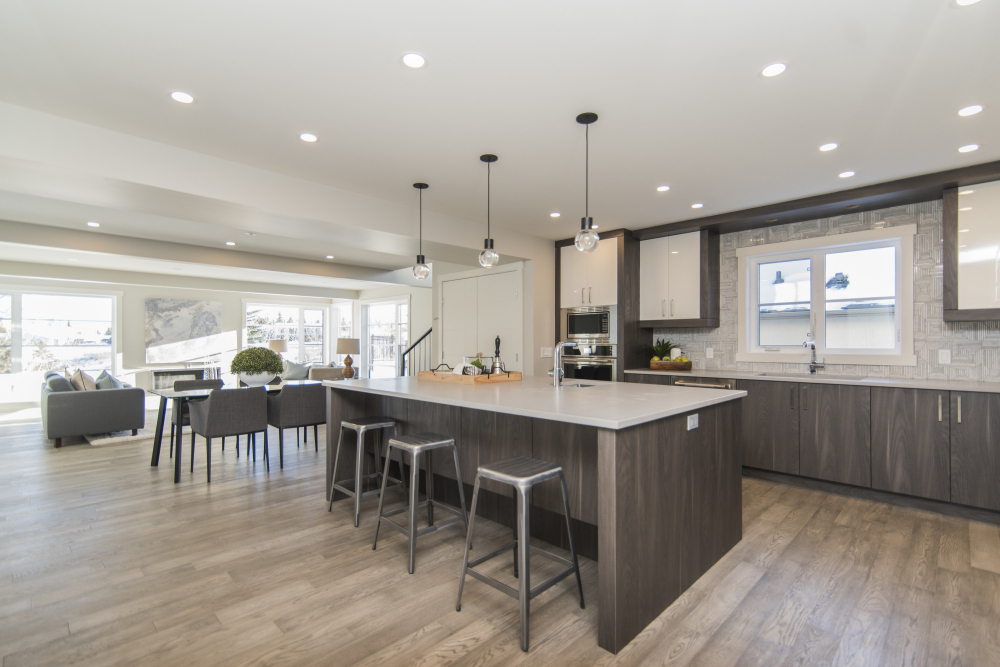
Bar stools typically have a taller profile with longer legs, making them ideal for use at high-top tables or bars. They come in various styles such as traditional wooden designs, modern metal frames with leather seats or backs, and even swivel chairs that allow you to turn around easily.
On the other hand, counter stools are designed for use at kitchen islands or counters that are lower than standard bar height. They tend to be shorter in height but still provide ample support and comfort while sitting down.
Counter stools also come in different styles ranging from classic wooden designs with backrests to sleek metal frames with upholstered seats.
When choosing between these two types of seating options based on style preferences alone can be challenging since there is an abundance of choices available on the market today! However, keep your overall decor theme in mind when selecting your stool’s design so that they complement each other seamlessly.
Choosing the Right Stools
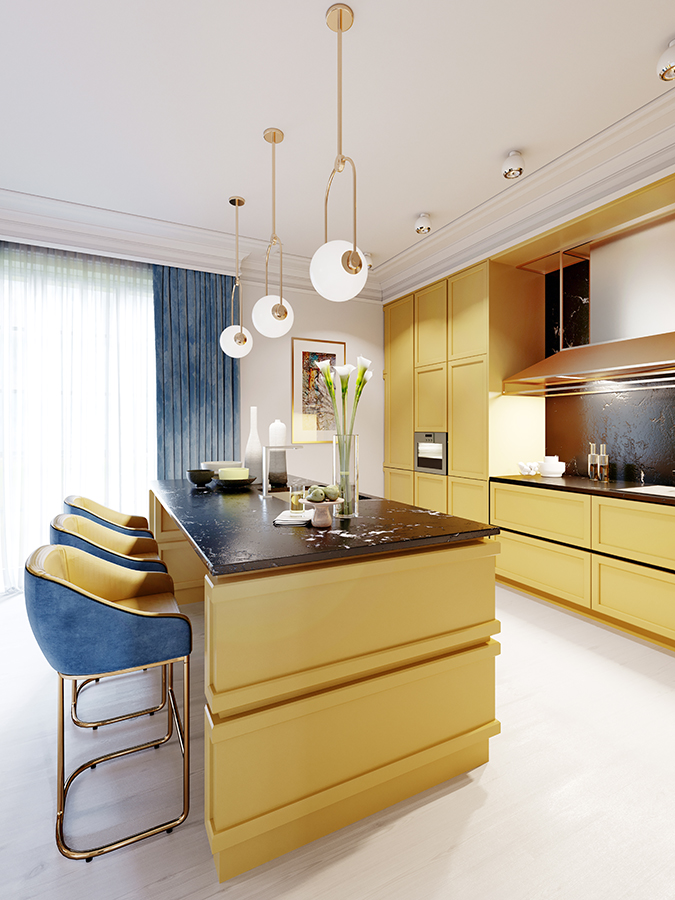
First and foremost, you’ll want to think about the height of your counter or bar. Bar-height stools typically have a seat height of around 30 inches, while counter-height stools usually measure around 24-26 inches in seat height.
Another important consideration is comfort and functionality. Look for stools with comfortable seats and backrests that provide adequate support during extended periods of sitting.
Swivel seats can also be helpful if you need to turn frequently while seated.
Style is another factor that shouldn’t be overlooked when selecting your seating options. Whether you prefer modern minimalism or rustic charm, there’s sure to be a stool design that fits your aesthetic preferences.
Don’t forget about practical considerations such as durability and ease of maintenance – especially if you plan on using these chairs regularly! By taking all these factors into account when choosing the right stool for your space, you can ensure both style and function come together seamlessly in one perfect piece of furniture!
